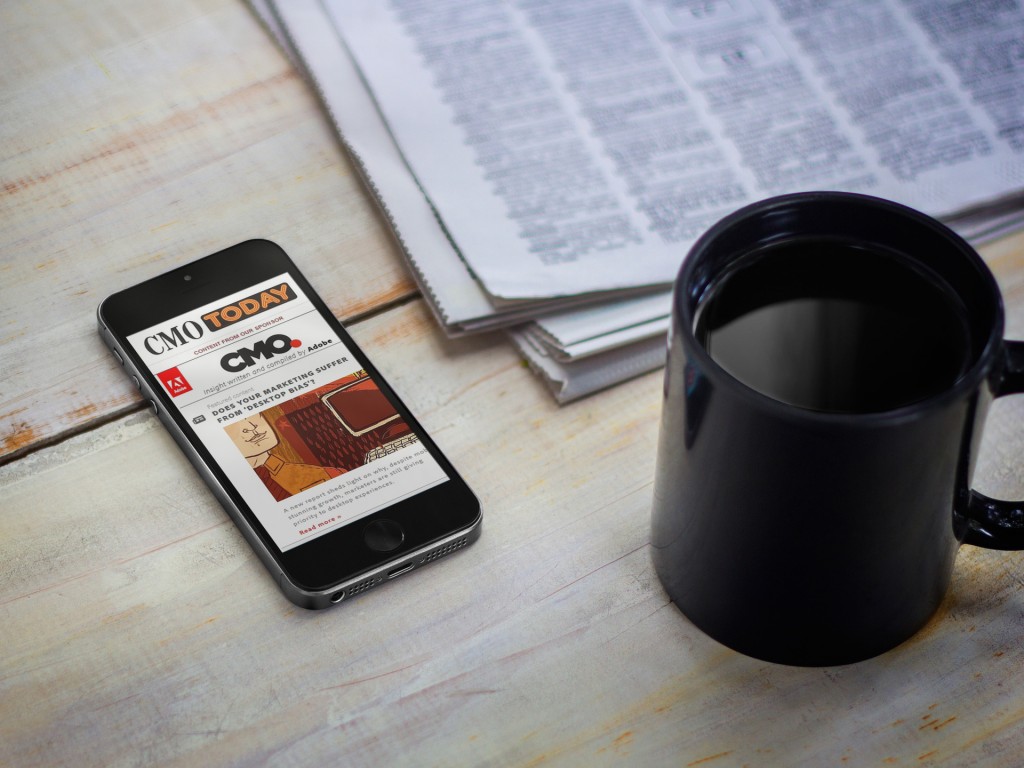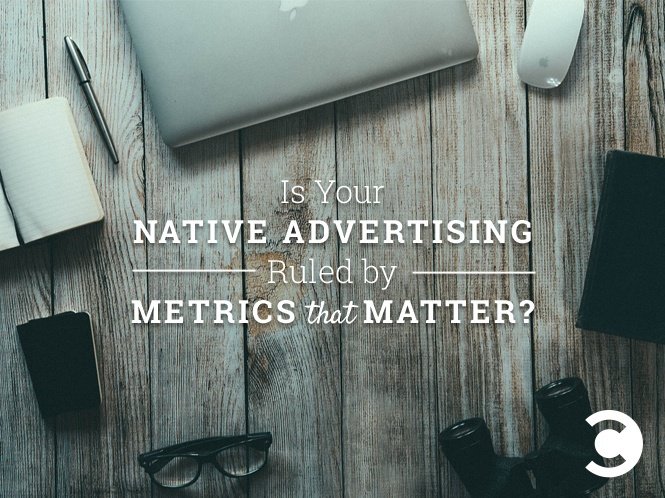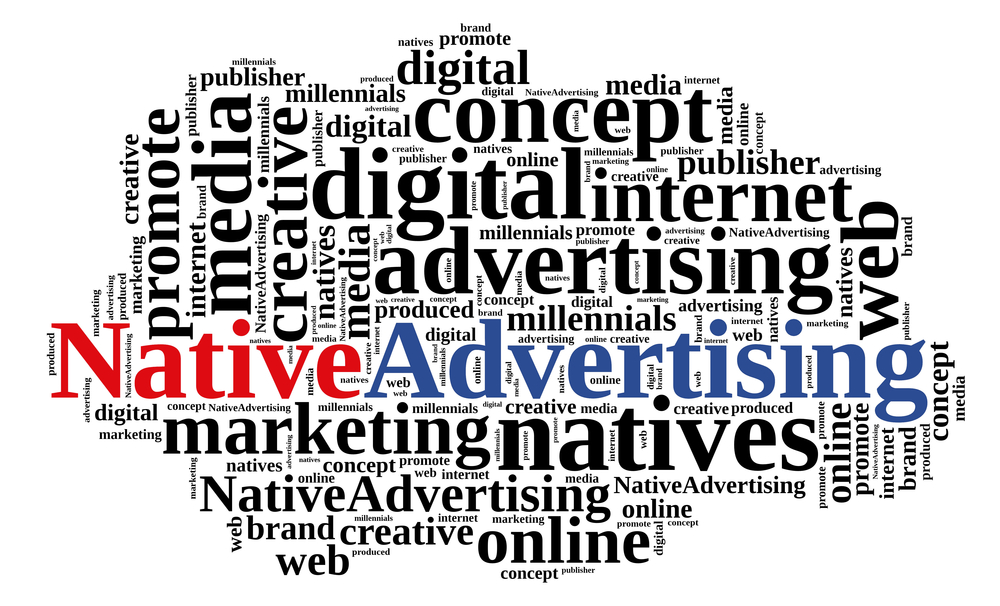February 10, 2015 — Adiant, owner of Adblade the largest content-style native advertising platform on the internet and the Adblade Exchange, and Zemanta, the leading native content demand-side platform (DSP), today announce the launch of their partnership and platform integration. Buying on the Adblade Exchange through the Zemanta One Content DSP, marketers can, for the first time, programmatically bid in real time on billions of monthly content-style native ad impressions across thousands of desktop and mobile websites.
Adiant has simplified the RTB content-style native ad buying process with the creation of the Adblade Exchange. The way in which Adiant has developed their RTB technology makes it easier for DSPs to administer, manage inventory and meet goals for content-style native advertising campaigns. This advanced technology allows Zemanta to easily achieve the scalability they are looking to provide to marketers.
“We’re pleased to offer Adiant’s RTB exchange thru the Zemanta One Content DSP,” said Todd Sawicki, Zemanta CEO, “Both teams are committed to delivering true targeting and audience buying capabilities to the world of content ads and native advertising.”
Adiant’s proprietary RTB technology allows DSPs, such as Zemanta, to execute highly successful programmatic campaigns that enable buyers to more effectively reach the right audience and deliver the most relevant message to the right consumers.
While the joining of RTB and native advertising may have changed the industry, Adiant’s innovation is taking it to the next level. Not all exchanges are equal and with Adiant’s exchange technology, Zemanta is now finding it possible to buy the targeted audiences its brand advertisers want. The result is content-style native advertising campaigns that meet the reach and frequency goals of Zemanta’s clients.
“We were impressed with Adiant’s programmatic infrastructure, publishers and service. They offered a true Native RTB solution that we wanted to be a part of. By integrating our native content DSP with Adiant, we are able to offer our advertisers quality native inventory, at scale, and on a real time basis,” Todd Sawicki commented.
“With RTB and native advertising only expected to grow, Adiant is making it a priority to provide DSPs with what they need to succeed in a highly competitive market,” Said CEO Ash Nashed.
Adiant’s Adblade Exchange delivers highly targeted native ads via an advanced RTB system to thousands of local and national branded digital properties. Including publishers such as McClatchy Newspapers, Worldnow, Lee Enterprises, Christian ScienceMonitor, Washington Times, ABC News, Hearst and hundreds more. Adiant reaches over 300 million unique visitors in the U.S. each month and over 550 million worldwide.







 Jan. 29, 2015
Jan. 29, 2015